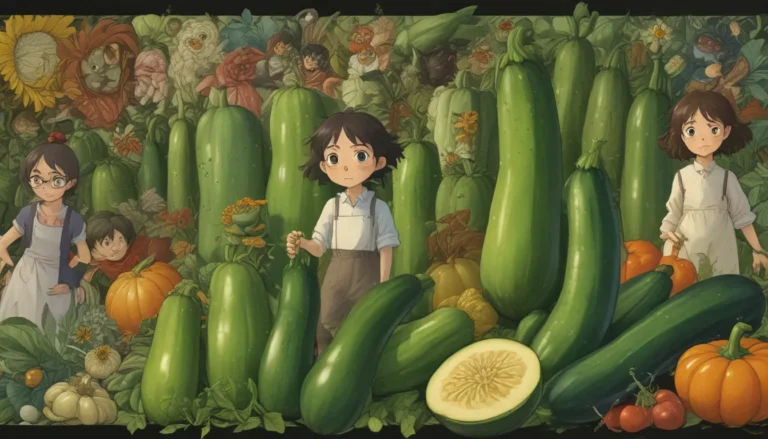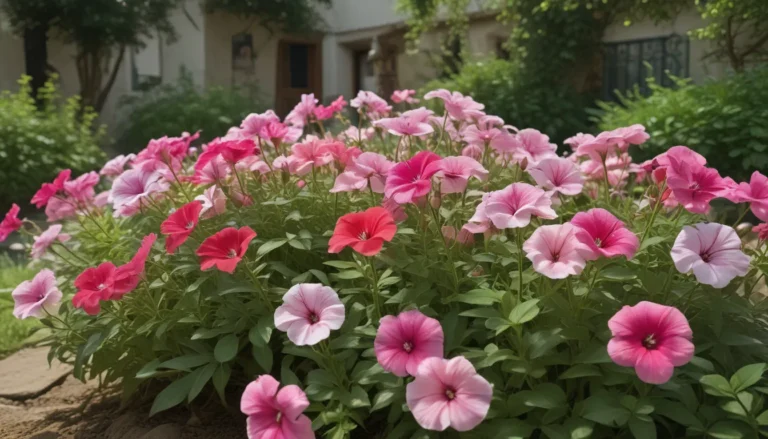Complete Guide on Identifying and Managing Apple Black Rot and Frogeye Leaf Spot

Are you tired of seeing your apple or crabapple trees suffer from diseases like black rot and frogeye leaf spot? If so, you’re not alone. These fungal diseases, caused by Botryosphaeria obtusa, can wreak havoc on your beloved fruit trees, especially in warm, humid climates.
But fear not! In this comprehensive guide, we will delve into the symptoms of black rot cankers, frogeye leaf spot, and fruit rot. We will also explore the importance of removing infected tissue and offer effective strategies for controlling these diseases.
So, grab a cup of tea, sit back, and let’s dive into the world of apple tree diseases together!
Understanding Botryosphaeria obtusa
Botryosphaeria obtusa is a cunning fungus that can cause three distinct diseases: black rot cankers, fruit rot, and frogeye leaf spot. This fungus, with its ability to grow on various host plants, poses a significant threat to apple and crabapple trees.
The fungus is notorious for lurking in dead apple tissue, especially on limbs that died after fire blight. It can easily enter the trees through wounds, such as pruning cuts, and establish itself, leading to disease outbreaks.
Now, let’s explore the symptoms of black rot cankers, frogeye leaf spot, and fruit rot to help you identify these diseases in your apple and crabapple trees.
Symptoms of Black Rot Cankers
Black rot cankers caused by Botryosphaeria obtusa present as reddish-brown lesions on the branches. These cankers, slightly below the healthy bark, have a unique characteristic of spreading along the length of the branch rather than encircling it.
If left unattended, these cankers can expand each year, with black bumps indicating the production of spores by the fungus.
Identifying Frogeye Leaf Spot
Frogeye leaf spot initially appears as small purple spots on the top of the leaves in early spring. These spots gradually grow into circular lesions up to ¼ inch in diameter, with purple margins and brown centers.
As the disease progresses, the lesions develop into larger holes, resembling the eyes of a frog. Severely infected trees may exhibit leaf drop, leading to stress and reduced tree health.
Recognizing Black Rot Symptoms on Fruit
Black rot primarily affects the fruit, causing rot that manifests at the calyx end. While fruit rot is a common occurrence, black rot distinguishes itself by causing a single spot at the calyx end.
Early in the season, infected fruit display reddish spots, which later turn purple with a red halo. The rot progresses, forming concentric bands of black and brown, eventually leading to the development of firm, leathery fruit mummies on the tree.
Importance of Removing Infected Tissue
To effectively combat black rot and frogeye leaf spot, it is crucial to eliminate sources of fungal inoculum. Dead tissue, cankers, and mummified fruit serve as reservoirs for the fungus, facilitating its survival and spread.
The fungus produces conidia and ascospores that spread through water and air, respectively, causing new infections. Rainfall triggers the release of thousands of conidia, while insects and wind aid in their dispersal.
By removing infected tissue, pruning dormant branches, and adopting hygiene practices, you can significantly reduce the risk of disease outbreaks in your apple and crabapple trees.
Controlling Black Rot and Frogeye Leaf Spot
Effective management of black rot and frogeye leaf spot involves a multi-faceted approach to minimize disease impact. Strategies include:
- Pruning infected cankers at least 15 inches below the affected area and disposing of the debris properly.
- Conducting dormant season pruning to prevent disease spread.
- Using antibiotics or fungicides to treat wounds from pruning or bark damage caused by external factors.
- Employing copper-based fungicides as a preventive measure against black rot.
Proper management practices, such as regular pruning, sanitation, and fungicide application, play a crucial role in reducing disease incidence and protecting your apple and crabapple trees from fungal infections.
Minimizing Damage Through Preventative Measures
While black rot cankers and frogeye leaf spot pose significant challenges to apple and crabapple trees, proactive measures can help mitigate their impact. By understanding disease symptoms, implementing control measures, and staying vigilant, you can safeguard your fruit trees from these insidious fungal diseases.
Looking for more resources on apple tree disease management? Check out the following guides for additional information:
- How to Identify and Prevent Crown Gall on Apple
- How to Identify and Control Sooty Blotch and Flyspeck on Apples
- How to Identify, Prevent, and Control Cedar Apple Rust
By staying informed and taking proactive steps, you can ensure the health and vitality of your apple and crabapple trees, keeping them disease-free and thriving for years to come.
Conclusion
In conclusion, black rot cankers and frogeye leaf spot are formidable adversaries for apple and crabapple trees, but with the right knowledge and action, you can effectively manage these diseases. By identifying symptoms, removing infected tissue, and implementing control measures, you can protect your fruit trees and enjoy a bountiful harvest.
Remember, prevention is key when it comes to disease management in apple and crabapple trees. By adopting good practices and staying informed, you can mitigate the impact of fungal diseases and nurture healthy, thriving trees in your orchard.
So, roll up your sleeves, grab your pruning shears, and embark on a journey to safeguard your beloved apple and crabapple trees from the clutches of black rot and frogeye leaf spot. Happy gardening!





